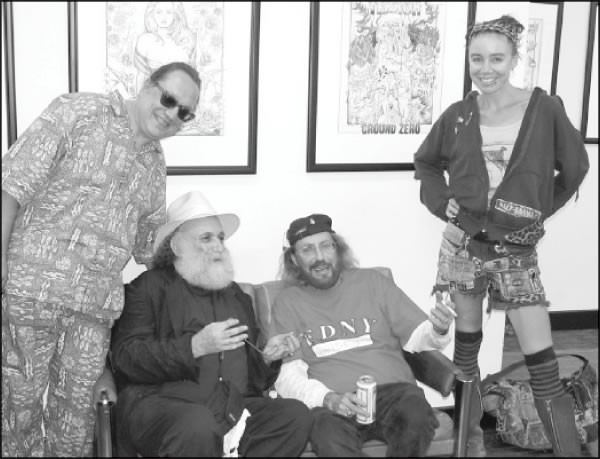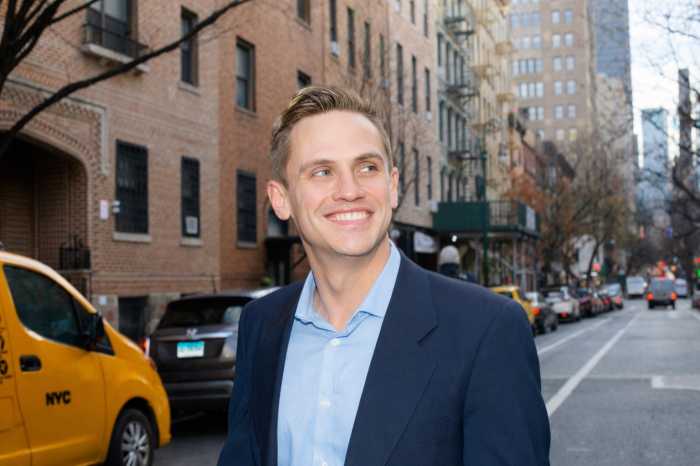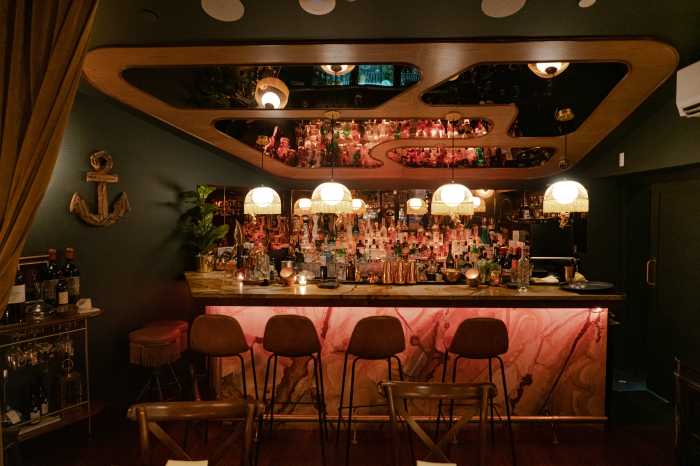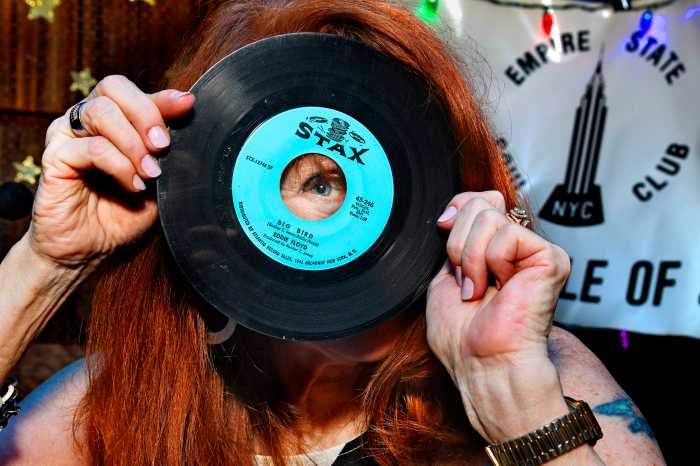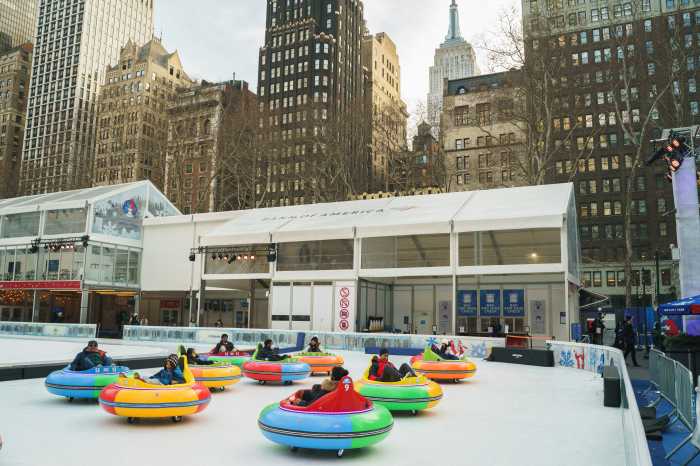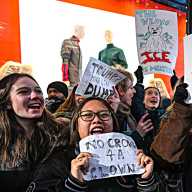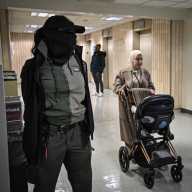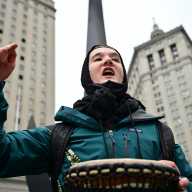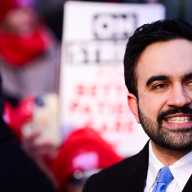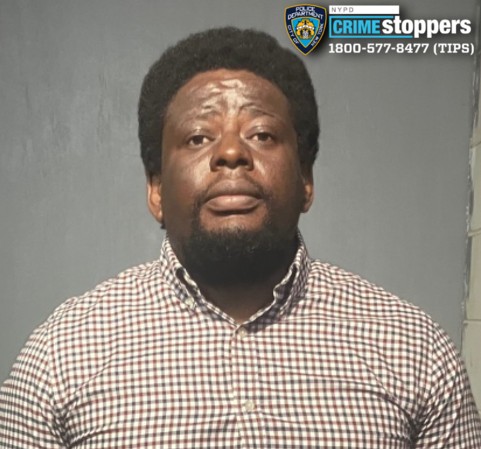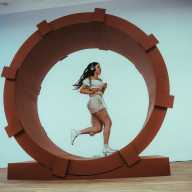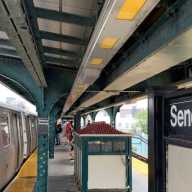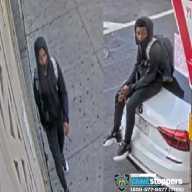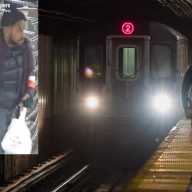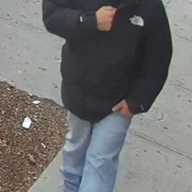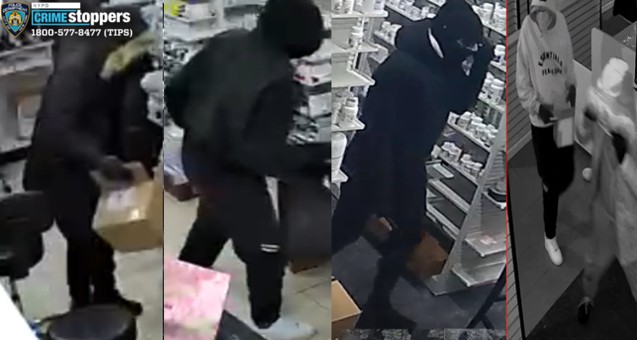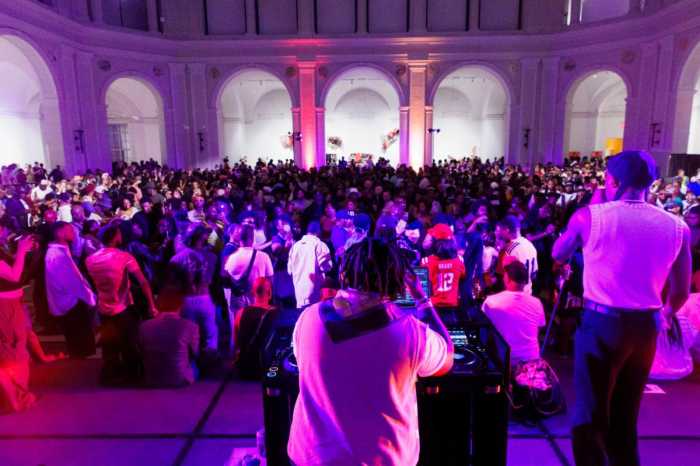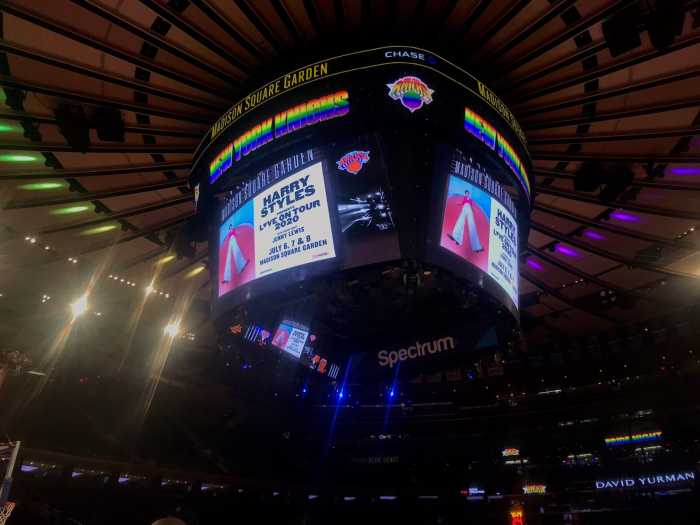By Clayton Patterson Edited by Monica Uszerowicz
Art led me to the L.E.S., via a brief stop in Soho
A question I am asked more than a few times is why I came to New York City and why I opened the Clayton Gallery and Outlaw Art Museum. When Cheryl Dunn asked me about this while interviewing me for her film “Everybody Street,” an exploration of street photography post-Alfred Stieglitz, I explained that, as an artist, I wanted to swim in the largest pool possible. New York City was called the art capital of the world and I wanted to carve my name deep into the bedrock of art history.
In N.Y.C. in 1979, there was a demand for fine-art printers. In Canada I taught lithography and etching in a couple of art schools, and Elsa had been the art director for the largest offset print companies in Western Canada. Before coming to N.Y.C., we were offered jobs in a well-respected fine-art atelier and print shop.
I printed some famous artists’ work, but what really inspired me was the opportunity to learn some esoteric out-of-date techniques. The owner of the shop was like the absentminded professor doing endless experiments, researching forgotten techniques, and publishing his findings. I learned how to make steel facing plates, how to make and print photogravures, and Elsa had the inherent skills to become a chromist.
Reagan was the president. To help stimulate the economy, he made fine-art prints a tax shelter; consequently, the print market was booming. There was lots of work. As luck would have it, there were very few chromists in N.Y.C., and Elsa soon developed a reputation as one of the best. Chromist work paid well. She could work at home on her own schedule. Life was good. I started showing my sculpture and paintings in a reputable Soho gallery. Richard Brown Baker, a prominent collector, bought my work. My work made its way into museum shows. Though I’d never been a careerist, scheming my way up the ladder, my career was on the move.
It turned out I did not like Soho, or the pretensions of the art world, or the social context dictating who to talk to and who to avoid. This was not the life for me. My passion was self-expression, not social status. Besides, I had always been an outsider. We traded the glitz, glamour and status of Soho for the rugged life in that forgotten part of the Lower East Side between Delancey and Houston Sts.
I am sure there are a number of reasons we fell in love with and felt at home in this impoverished, mostly immigrant neighborhood. My father’s people left Scotland for America a few hundred years ago, eventually migrating to Nova Scotia. His parents got caught up in the pioneer dream that offered freedom, independence and, if one worked hard, the possibility of owning land. They moved west and were some of the earliest pioneers in Saskatchewan.
My mother’s parents left Sweden in the early part of the 20th century and immigrated to Minnesota. Hoping for a better life, they felt the pull of opportunities that pioneering the Canadian wilds offered. They too settled in Saskatchewan. After marrying, my mother and father moved to Calgary, Alberta.
I grew up in a tough working-class neighborhood with bad schools. The educators thought we needed special disciplinary teachers. My eccentric, iron-willed father lived by his own rules, and had no connection to our neighbors. My mother lived in her own world. However, in this kind of neighborhood, the so-called normal family hardly existed, and I was strong enough that few could push me around, and I was good-looking enough to have no problem with girlfriends.
My world changed once I got to high school.
I left home after ninth grade. High school was my first introduction to the middle class, and the transition was not an easy one. I was in and out of school until I was eventually accepted into an art school, though I did not have the education, the social skills or the experience to deal with this completely unfamiliar middle-class environment. Emotionally, this education experience was devastating.
In 1972, Elsa and I started our relationship. Even though I did not have the proper credits, I got accepted into a university art program. Even then, I was not compatible with the arts system, and next semester I switched to education with art as my major. It was perfect. The art professors left the education students to fend for themselves. In the art department, real art was painting and sculpture, whereas printmaking was seen as only a craft. I concentrated on printmaking. In my third year I was very fortunate and got the opportunity to teach art at a rural high school. I took the job and finished my degree taking night courses and going to summer school.
I loved the job, and teaching high school art was one of the best experiences in my life. However, there were two things to consider — first, as a teacher, I was now an equal to my past teachers who felt what we needed was discipline rather than education. Second, my dream was always to be an artist. And who knows why, but I always felt I was put here to make some kind of contribution to society. I applied to Nova Scotia College of Art and Design, considered to be the most advanced art school in Canada. I got in. Elsa and I moved to Halifax, Nova Scotia.
I majored in printmaking and finished my degree in one year. I got a job teaching at the art school, but eventually reached the level of those art instructors who were interested in psychological games, not teaching. I was done with it. Mission accomplished. New York came next.
In 1986, I opened the Clayton Gallery and later the Outlaw Art Museum, at 161 Essex St. Outlaw art can be connected to the criminal: art by gangsters, the images on heroin bags, graffiti, tattoos. But criminality is not what is important — it is the art that counts. What is criminal today may not be criminal tomorrow. It used to be illegal to tattoo in N.Y.C. Graffiti has become a staple in the art world. Most protest art is meant to carry a political message, yet one can be arrested for it. I did a collage for one court case that caused me some real grief. I have been arrested for documenting on the streets of N.Y.C.
My goal with the gallery is not based on selling art. Rather, it is a venue to expose the world to critical art that is often overlooked, ignored or misunderstood. And yes, rather than being attracted to what is the hippest, coolest or the most in vogue, I have a sympathy for and a connection to the underdog, the outsider, the misfit, the eccentric, the misunderstood, the exceptional, the one-percenters. Beyond the educational factor, some exhibitions are meant to help right a wrong, like the show for LA II / Angel Ortiz — the Keith Haring collaborator who was not given credit for the work, some of which Haring took entirely from Ortiz’s designs.
There are a number of artists whose work, aesthetic, struggle and ambition I appreciate, but they have to no access to the public. I see my space as an opportunity space. A place where an artist connected to my aesthetic can bring people to see his or her work in the context of a gallery setting. My concentration is more often than not trying to help these artists get some people interested in their work and hope that they move on to a real gallery. Over the years I have hooked up many people with articles as well as connections. The gallery almost always looks like it is closed, because I am not equipped to deal with the pedestrian public. I am by appointment only. However, it’s not to say that amazing people do not visit the space.



